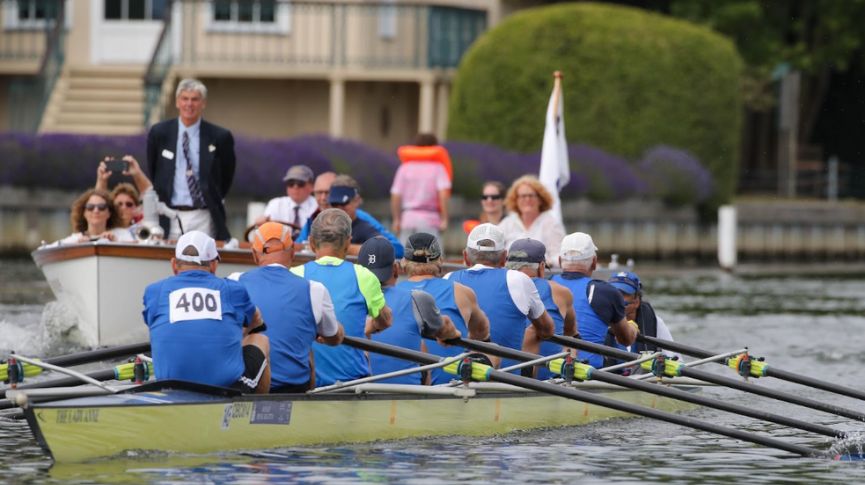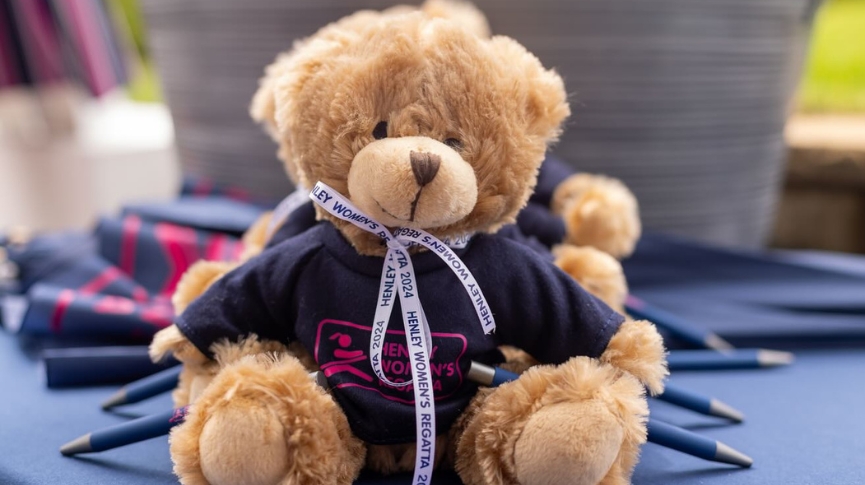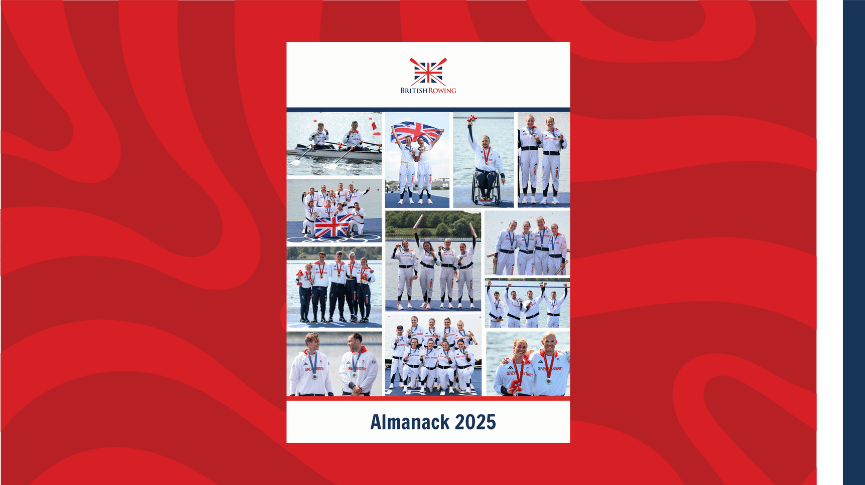Virtual regattas: tips for success
Last month, Doncaster Rowing Club held its first virtual regatta. Phil Haigh, pictured in his club blazer below, shares his top tips
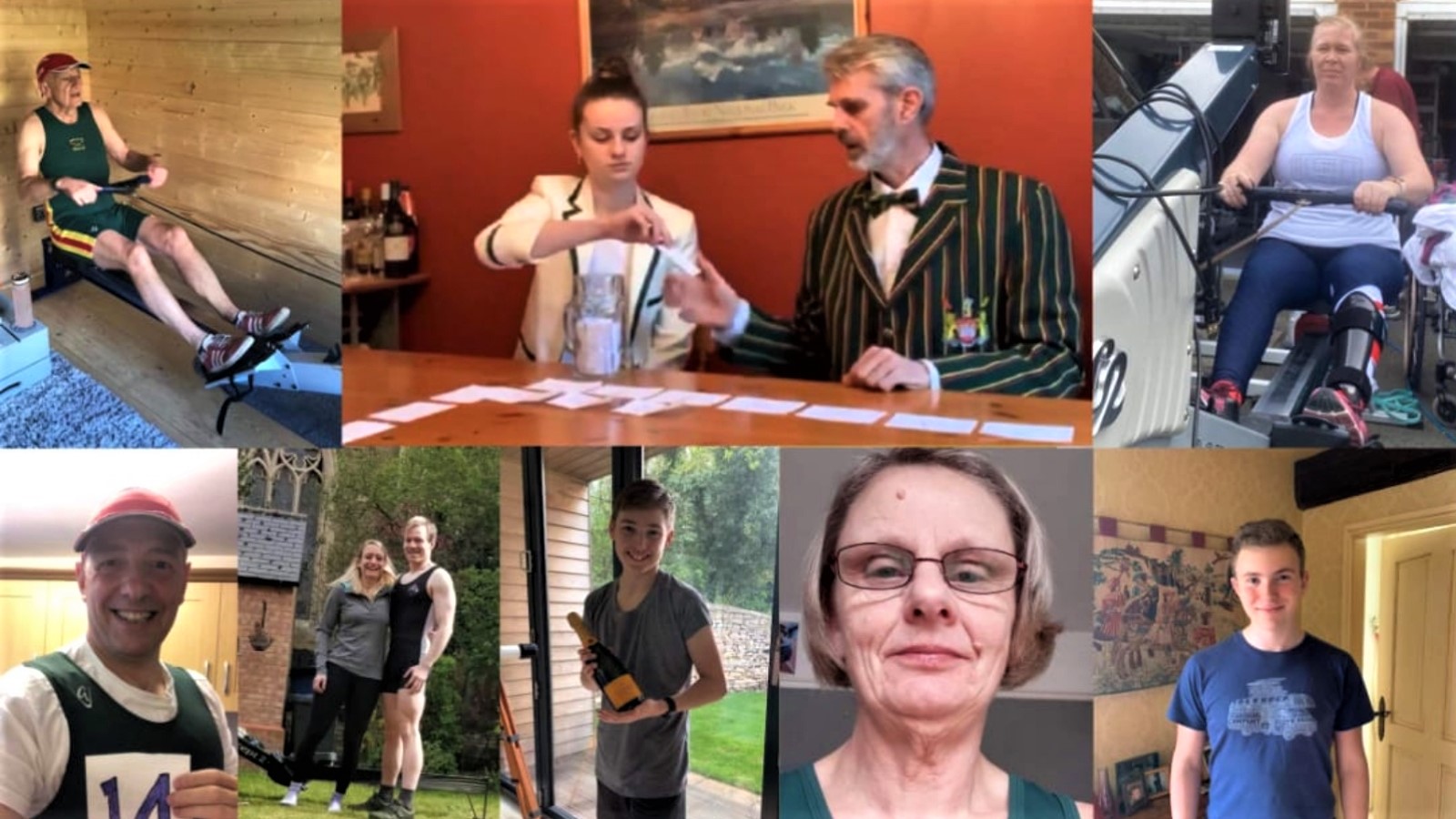
As the national lockdown got underway, Phil Haigh, Club Chair at Doncaster Rowing Club, decided to organise a virtual regatta. This was made possible by the club’s foresight in lending rowing machines to members before closing the club. We asked Phil for his top five tips for running a virtual regatta successfully. Over to Phil >>>
1. Enjoy it
The event was an opportunity to break the monotony of isolation, stimulate more interest in training, introduce a competitive edge to training, and bring people together for some social interaction, but most of all it was about having fun.
We had great fun with the racing, but also with the regatta WhatsApp group-chat and Twitter-feed where there was talk of virtual trailer loading, virtual cruisers on the course and real regatta cakes. I even wore my club blazer for the filming of the draw.
2. Be inclusive
I included all sections of the club and ended up with a diverse entry list. The age range was from 13 to 72 years and included men, women, juniors, seniors, masters and a PR2 Para rower. A real sense of club unity was generated and people who would not meet at the club in normal circumstances came together remotely.
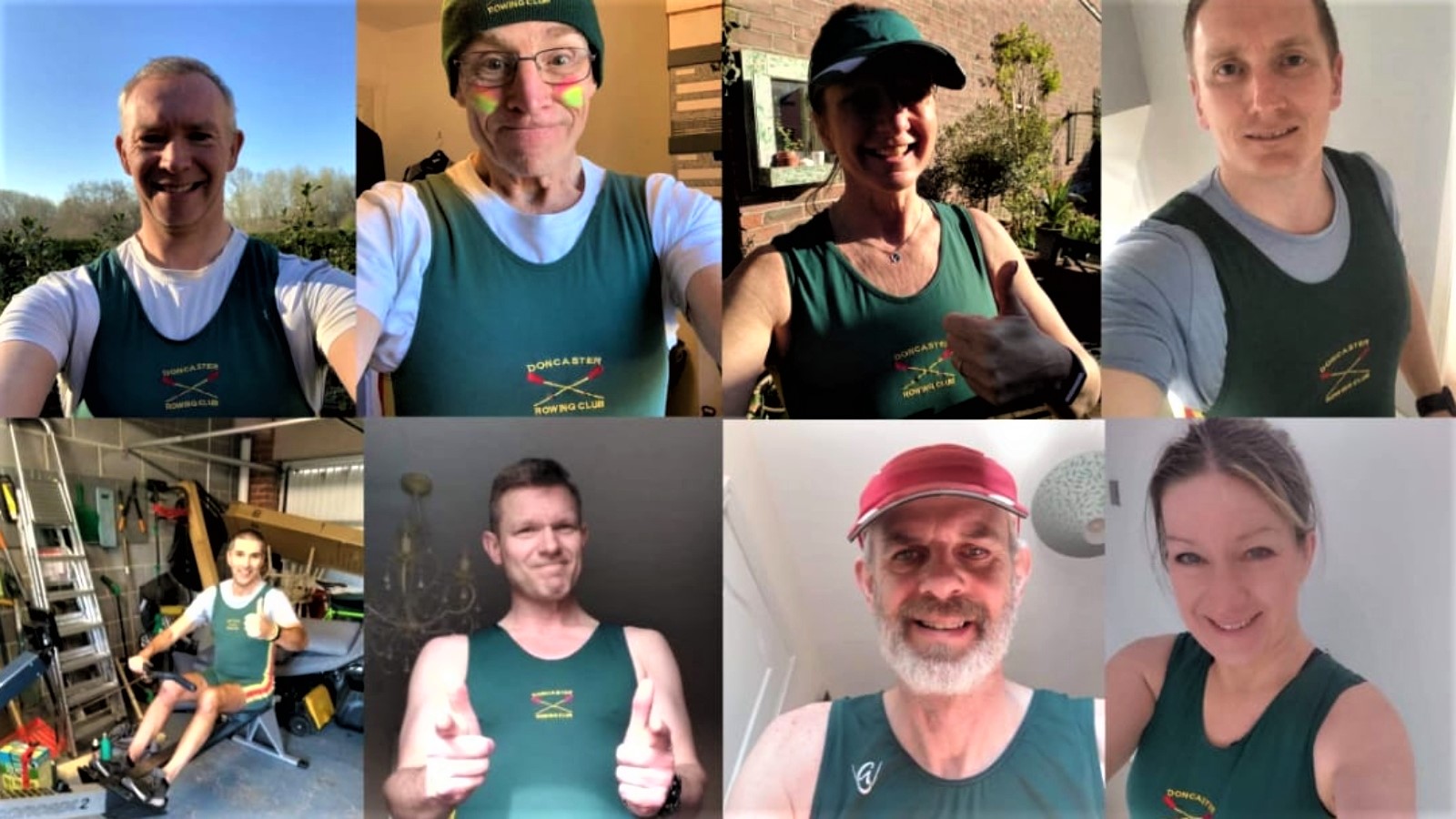
3. Make racing fair and equal
A handicapping system which made allowances for weight, age, gender and ability enabled rowers to compete head-to-head on equal terms and produced some very close results. I left it to competitors to decide where they set up their rowing machines with the proviso that they took responsibility for their own safety. We had rowers in gardens, garages, spare rooms and on driveways.
Virtual Bewl Head
For more tips, read how Bewl Bridge Rowing Club ran its annual Bewl Head this year here.
4. Be flexible with the format
I adapted the format and schedule to suit the number of entrants. Races were over 1km and each person had at least two races but no more than five. Entry numbers fell neatly into round-robin group stages followed by knock-out rounds and a final. It was important to allow athletes adequate recovery time between races – and also to allow me time to calculate handicaps and post the results.
5. Learn, adapt, innovate, share
I have learnt from the event and I have shared details of the format and handicap system with several other clubs who have run their own virtual regattas and fed back their experiences and innovations to me.
We are now planning our next event. I will modify the handicaps, change the race distances, possibly include a time trial and include a race for scratch quads. I will also look at the possibility of running a parallel event with activities for people without access to a rowing machine.
Find out more about Doncaster Rowing Club here.


